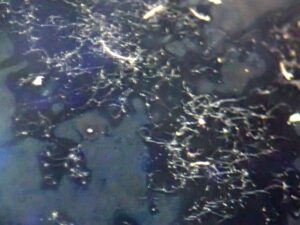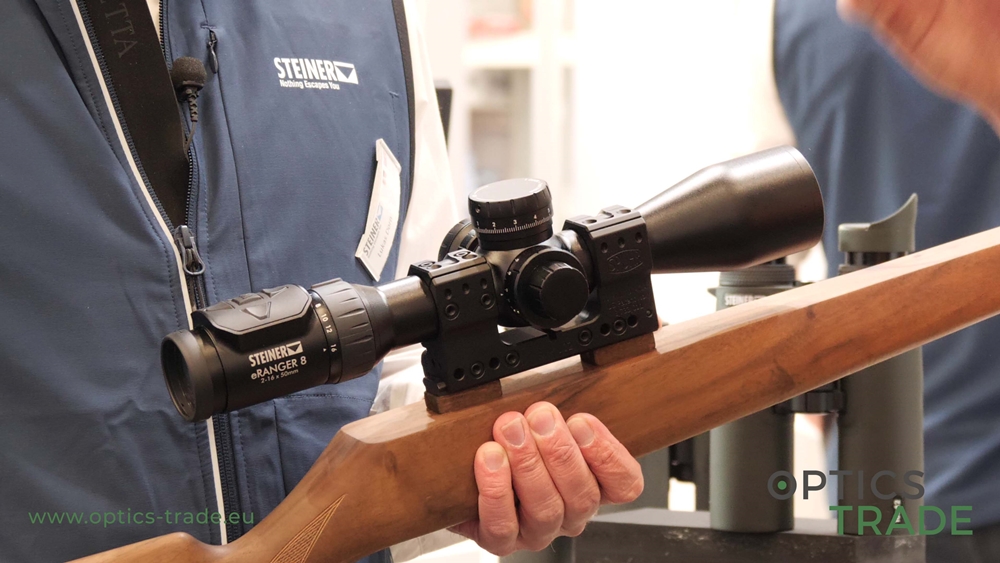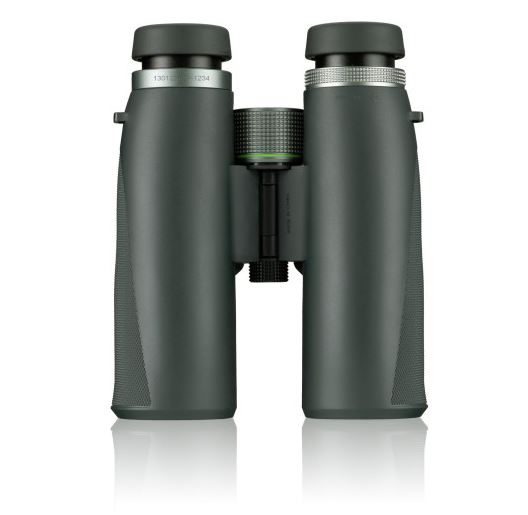Introduction
Since their inception, binoculars have been the greatest optical aids to wildlife photographers, marine crews, snipers, birdwatchers, and campers alike. Their ability to bring objects up close to the eye without using sophisticated technology has been one of the reasons for their popularity among professionals and enthusiasts. The relief that everyone without prior knowledge can operate one is quite satisfying in itself but still, binoculars are delicate devices that need to be handled with care and like most optical devices, such as camera lenses, their performance can take it a hit if certain precautionary measures are not considered during their use.

Equipment like binoculars and telescopes are susceptible to potential moisture damage because of their frequent use in humid places, such as sailing and in rainforests. Since air is an ultimate carrier of water vapour, a significant amount of moisture would get stuck inside the optical housing. This trapped moisture starts to deposit on the internal surfaces of the eyepieces and objective lenses and the walls of the chassis if they are exposed to sudden low-temperatures.
While it is not difficult to clean a little water on your eyeglasses, but reaching inside the binoculars for wiping off excessive moisture is not something that everyone is qualified to do on their own. Little by little, the moisture becomes a fog–like appearance on the lenses and effectively obstructs the light passing through them. View through such a binocular is blurry and has the potential of damaging your eyesight if its use is continued.
To counter this issue, a German optics manufacturer Steiner came up with the idea of “fog-proof” binoculars. Their design used pressurized Nitrogen to purge the air inside the barrels and used rubber O-rings to prevent the gas from leaking. Their method was not only effective but was also cost-effective due to the abundance of Nitrogen in the atmosphere. Initially marketed towards armed personnel, this became an instant hit among the masses.
Due to a pressurized housing and rubber seals, these fog-proof binoculars also offered some form of waterproofness. Since the gas is under considerable pressure compared to the standard atmosphere, in theory, the positive pressure difference would help keep unwanted air, dust, and water from contaminating the internal components of binoculars, but in practice, this was not always the case. In fact, at the start, most people mistook their devices to be waterproof and ended up with water damage when they were not careful in using their binoculars around water.

Nowadays, all modern binoculars are not just fog-proof or weatherproof as some people like to call them, but a majority of them are also waterproof rated. The initial fog-proof design of binoculars has been improved over the years to cater to the waterproofing ability as well. This is especially important because the idea behind fog-proofing is to eliminate water presence one way or another, so waterproofing is a no-brainer.
The waterproofness is a must–have feature for marine binoculars since marine environments have an entirely different effect on optics. Mariners frequently use binoculars around saltwater which can permanently harm just about everything. The salts present in ocean water can react with premium layers of lenses in a way that they become unusable. Nevertheless, it is better to have waterproof binoculars and not need the feature, than running into a situation where it is needed and not have it, like unexpected rain or an unwanted splash of water on a bare binocular.
Advantages of Waterproofness
Gases under pressure have a tendency to slowly leak over time. This phenomenon can be detected using a simple helium balloon. After some time, the pressurized helium atoms manage to alter the elastic properties of the balloon material and gradually make their way out of the balloon through the knot. Similar is the case with a pair of binoculars. Nitrogen and Argon molecules will slowly leak through the joints in the binocular chassis which are sealed by rubber gaskets.

Waterproofing is achieved by using high-quality rubber O-rings around all joints in the optical housing and housing-lens interfaces. The filler gases Nitrogen or Argon are not the only things that are under pressure but the O-ring seals are also fitted under a compressive load. Due to their elastic spring-like nature, they retain this energy and ensure that there is an air and water–tight barrier between the eyepiece and objective lenses, focusing mechanism and the housing components of the binocular. If all binoculars are inherently made to be waterproof, not only will water not enter inside the housing but either gas will have to put substantial effort to bypass the water-tight O-rings.
Now, since it is impossible for water to enter the housing, the chances of internal rust are close to zero. Adventurers can freely use their beloved companions without a fear of unexpected rain ruining their day. The same remains true for mariners since large ocean waves are inevitable during deep-sea exploration and reconnaissance missions, and ships are often vandalized by them.
In addition to lens fogging, water is responsible for an even severe problem if it makes way inside the binocular housing and around lenses, that is, fungus and mould development. Just like humans need oxygen, water, and food to survive, Fungus typically requires a congested lowlight space with traces of air and water. This makes the barrels of the binoculars a perfect spot for fungal growth, which can take place in a few hours of exposure.

Once the fungus is formed, there is no stopping to it. It will slowly grow to encompass the entire housing, especially the surface of lenses. While the use of various deterging agents is possible to remove fungus, they are known to secret enzymes that help with breaking down the objects around them for consumption. These enzymes have chemical properties that are strong enough to etch the surface of lenses to the point of no return. A waterproof design will inhibit fungus growth, thanks to the absence of water.
The waterproof feature does not only stop water from entering the housing, but it will also act as a barricade against dirt and other impurities that can ruin your view through the binocular. This is especially common when using your binocular in windy and dusty environments, such as the countryside.
Are there still some binoculars not waterproof today?
These days, even fairly inexpensive binoculars and scopes offer waterproofness and fog-proofing, but there are still some binoculars that do not perform as they are advertised. Many knock-offs circling the marketplace attract the eyes of potential customers with their low price tags and customers do not realize they are in for a treat. Dirt cheap binoculars even lose their “fog-proofing” rather quickly after limited use, let alone waterproofing.
Some enthusiasts opt for antique Porro prism binoculars over contemporary roof prism binoculars because of their vintage appearance and sturdy built quality. These old-fashioned binoculars, that are easily available with collectors and large stores, often produce images with good contrast level compared to mid-level binoculars of today. There is, however, one problem with their design; since fog-proofing was not mainstream back in the day, such binoculars will rarely be safe from fog, the question of their waterproofness is out of the window. If the use is strictly limited to plane spotting or stargazing, you can still get away with vintage Porro prism binoculars.

Conclusion
In the past, the use of binoculars was limited to wars, traveling, bird-watching, and stargazing but as they become cheaper due to technological advancement, people have found several other ways to utilize them. Binoculars are quite common among plane spotters, campers, hikers, and even some photographers that use binocular as a telephoto lens aid for their smartphone cameras.
While as exciting as it all sounds, binocular users often find themselves in the middle of lens fogging problems, even though they did not use their devices in the presence of water. The reason is the occurrence of water vapour in the air which slowly accumulates inside the optical housing of binoculars and when they are exposed to a colder environment, this warm vapour instantly condenses into fog and deposits on the surfaces of objective and eyepiece lenses, obstructing the light rays passing through both lenses. Apart from fog, moisture also promotes fungal growth inside the housing which causes irreversible damage to the lenses and housing internals.
Since reaching inside the binocular chassis for cleaning is not possible for every user, scientists came up with the idea of getting rid of the air inside the optical housing with the help of Nitrogen gas purging and sealing the barrels and focus mechanism with the use of rubber seals. This provided the essential fog-proofing for everyday use but was not effective enough to keep water from entering the housing from outside. Numerous users reported fogging issues with their fog-proof binoculars after accidentally dropping them in water or using in rainy weather.
Modern binoculars use specially designed O-rings in place of conventional rubber seals to keep water from entering. Consequently, the waterproof binoculars are more effective in keeping the purging molecules from leaving the housing, promising a longer fog protection than commonly available non-waterproof binoculars.
The good news is almost all binoculars that are available today are fog-proof and waterproof as well as light on the pocket, so no one needs to remain behind when it comes to following your hobbies.




